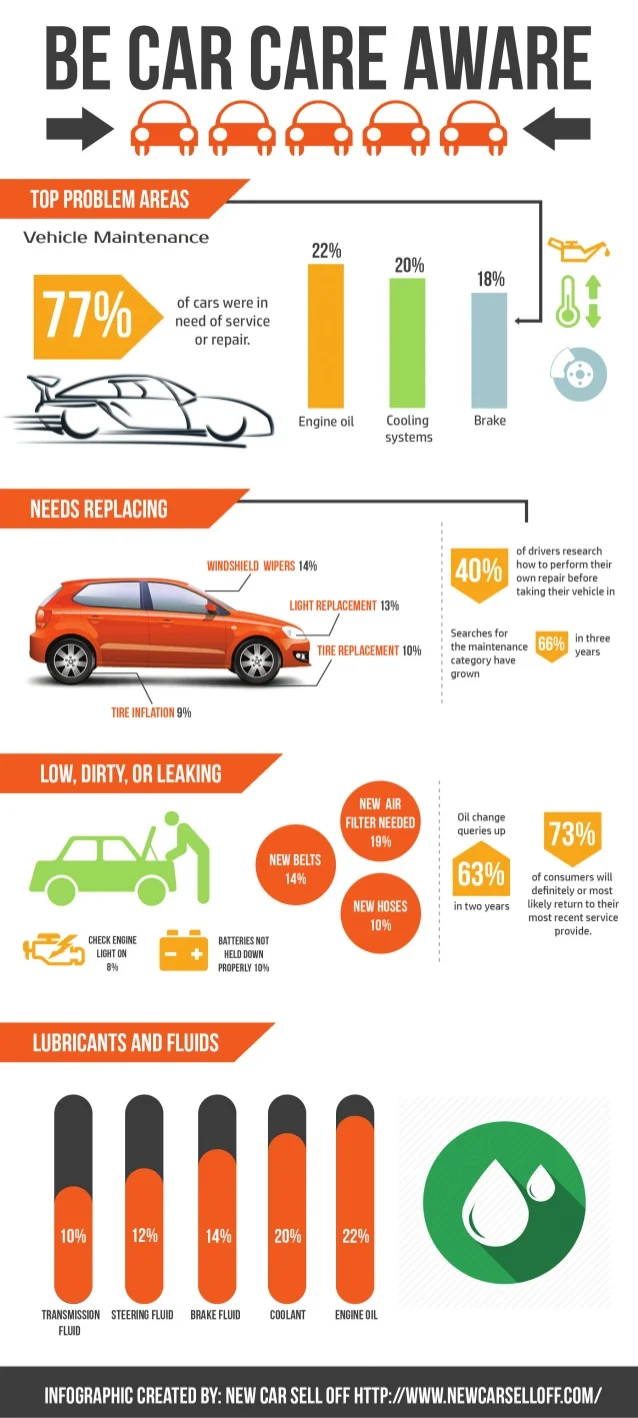Eager To Know What The Dashboard Caution Lights In Your Automobile Signify? Explore Their Definitions For The Well-Being And Safety Of Your Automobile
Eager To Know What The Dashboard Caution Lights In Your Automobile Signify? Explore Their Definitions For The Well-Being And Safety Of Your Automobile
Blog Article
Published By-Hartley Gilbert
When you lag the wheel, those radiant warning lights on your control panel can be a little bit puzzling. Do you know what they're attempting to tell you about your vehicle's health? Understanding the importance of these lights is essential for your security and the long life of your vehicle. So, the next time among those lights appears, wouldn't you want to understand its message properly and take the needed actions to resolve it?
Common Warning Lights and Interpretations
Determine typical caution lights in your cars and truck and recognize their significances to guarantee risk-free driving.
One of the most typical warning lights consist of the check engine light, which indicates concerns with the engine or discharges system. If carvalethowick comes on, it's critical to have your car checked quickly.
The oil stress advising light indicates low oil pressure, calling for immediate focus to stop engine damage.
A flashing battery light might suggest a damaged billing system, potentially leaving you stranded if not resolved.
The tire stress monitoring system (TPMS) light notifies you to reduced tire pressure, impacting lorry security and gas performance. Neglecting this could lead to unsafe driving conditions.
The abdominal muscle light shows a problem with the anti-lock braking system, jeopardizing your capability to stop rapidly in emergencies.
Last but not least, the coolant temperature cautioning light warns of engine overheating, which can lead to severe damages otherwise resolved quickly.
Comprehending these usual warning lights will certainly help you resolve issues immediately and maintain risk-free driving conditions.
Relevance of Prompt Focus
Recognizing the typical warning lights in your vehicle is just the initial step; the significance of immediately attending to these cautions can not be highlighted enough to guarantee your security when driving.
When a warning light illuminates on your control panel, it's your auto's way of communicating a possible problem that needs focus. Overlooking these warnings can lead to extra serious problems in the future, compromising your safety and possibly costing you extra in repairs.
Trigger focus to advising lights can avoid failures and accidents. For example, a flashing check engine light could suggest a misfire that, if left ignored, could cause damages to the catalytic converter. Addressing this promptly can conserve you from a pricey repair work.
In a similar way, a brake system warning light may signal reduced brake fluid or used brake pads, critical components for your safety and security when driving.
DIY Troubleshooting Tips
If you notice a warning light on your control panel, there are a few do it yourself repairing ideas you can try prior to seeking expert assistance.
boat window tinting is to consult your automobile's guidebook to recognize what the specific warning light shows. Often the problem can be as straightforward as a loose gas cap activating the check engine light. Tightening up the gas cap may resolve the problem.
Another common issue is a low battery, which can cause various cautioning lights. Examining the battery links for deterioration and ensuring they're safe may repair the trouble.
If a caution light persists, you can attempt resetting it by detaching the car's battery for a few minutes and then reconnecting it. Furthermore, inspecting your automobile's liquid levels, such as oil, coolant, and brake liquid, can help fix cautioning lights related to these systems.
Conclusion
In conclusion, recognizing your cars and truck's caution lights is vital for keeping your automobile running smoothly and securely. By promptly attending to these informs and recognizing what they imply, you can avoid expensive repair services and potential malfunctions.
Bear in mind to consult your cars and truck's handbook for certain details on each alerting light and do something about it as necessary to make sure a hassle-free driving experience.
Stay educated, stay secure on the road!
